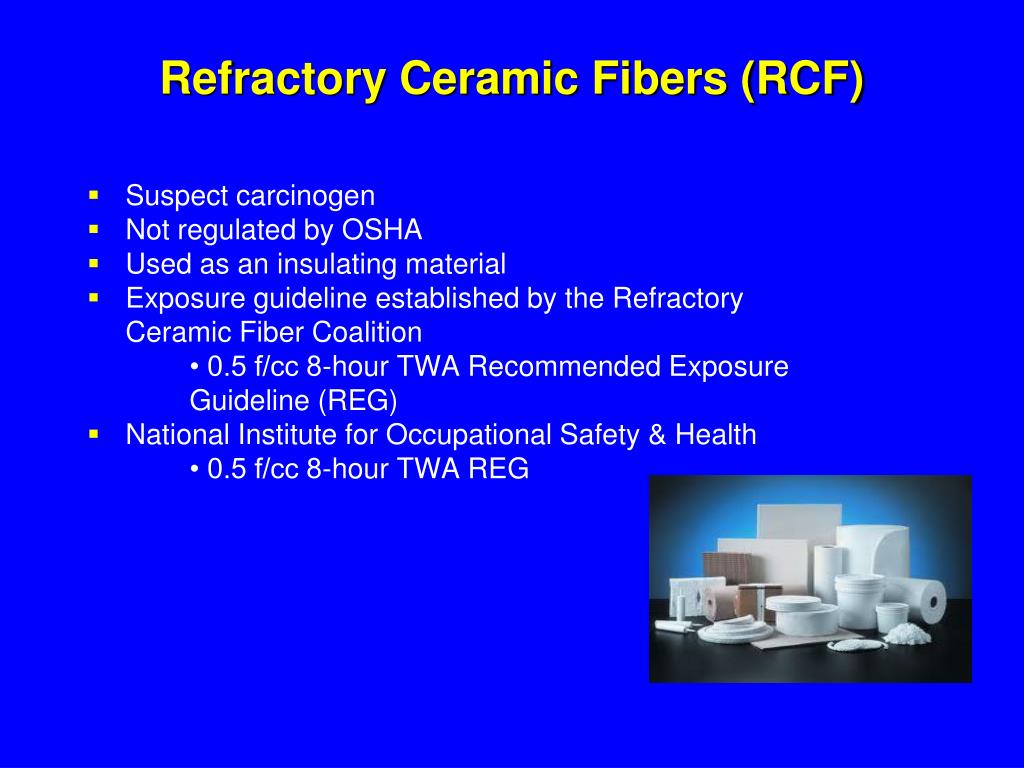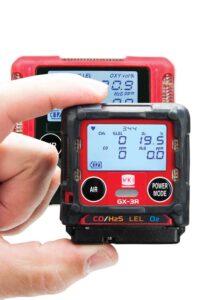


The greatest hazard comes from breathing fine particles in the air (PM2.5), which can reduce lung function, worsen asthma or other existing heart and lung conditions, and cause coughing, wheezing and difficulty breathing. Smoke from wildfires contains chemicals, gases and fine particles that can harm health. Workers should be trained on the health effects of wildfire smoke. EPA’s AirNow, local air quality management district websites, or use their own instruments to measure PM2.5 at a worksite under Cal/OSHA’s requirements. Employers can easily track the air quality index using U.S. public awareness campaign website.Ĭalifornia’s protection from wildfire smoke standard requires employers to monitor the air quality index for fine particulate matter (PM2.5) before and periodically throughout the work shift when wildfire smoke might affect the worksite. Cal/OSHA also has extensive multilingual materials for employers, workers and trainers on its Water. Lighter work, frequent breaks or shorter hours will help employees who have not been working in high temperatures adapt to the new conditions.Īdditional information about heat illness prevention, including details on upcoming training sessions throughout the state are posted on Cal/OSHA’s Heat Illness Prevention page. Observe – Closely observe all employees during a heat wave and any employee newly assigned to a high heat area.Workers have the right to request and be provided shade to cool off at any time. Shade – Provide proper shade when temperatures exceed 80 degrees.Workers should not wait until they feel sick to cool down. Rest – Encourage workers to take a cool-down rest in the shade for at least five minutes when they feel the need to do so to protect themselves from overheating.
#Cal osha breathing zone free#


Oakland-Cal/OSHA reminds employers to protect outdoor workers from heat illness and exposure to harmful wildfire smoke, and is hosting a webinar and training sessions this week to help employers plan for and prevent these hazards.


 0 kommentar(er)
0 kommentar(er)
